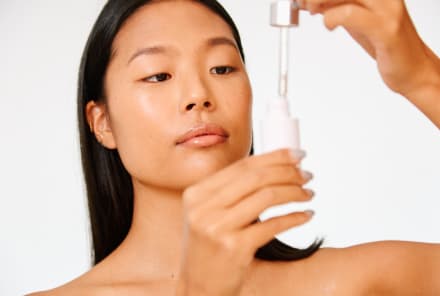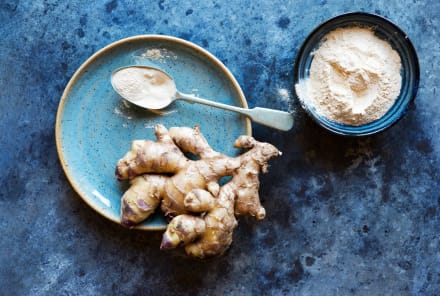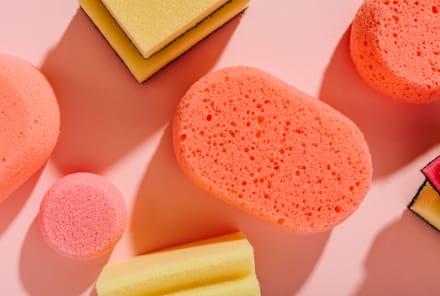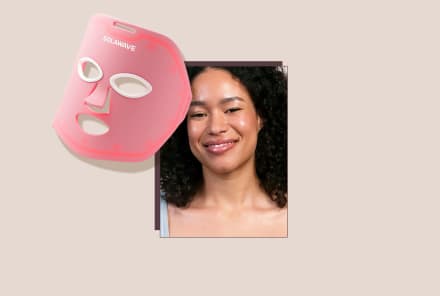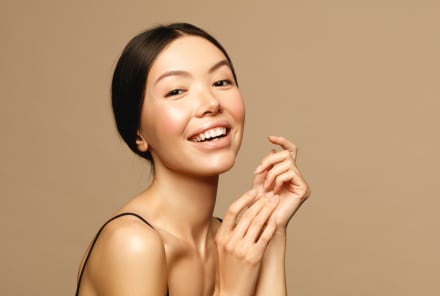Advertisement
The One Way To Make Noninvasive Treatments More Effective, Says This MD


There is a dramatic increase in interest in aesthetic treatments, including nonsurgical interventions, noninvasive procedures, lasers, ultrasound technology, injectables, biostimulators, and more.
According to the most recent data available from The Aesthetic Society, there was a 14% increase in total aesthetic procedures from 2019 to 2022.
The area that saw the biggest jump was noninvasive treatments, which rose 23% during those years. The Aesthetic Society noted that these were "unprecedented" numbers.
As someone who's tried a small number of aesthetic treatments (PRP, lasers, and the ultrasound treatment Sofwave), I can attest that these treatments are an investment. Not only are they expensive (some costing thousands of dollars), but they may require downtime or can be downright painful.
If you choose to go through with a treatment, it's only natural that you'd want a return on your investment, no? So while much of the power is in the hands of the practitioner—it's also up to you to ensure you're getting the results you want.
According to experts, there are lifestyle modifications that can improve the outcomes of aesthetic treatments—ensuring you get the most bang for your buck.
Here, one of the most important things to pay attention to, according to an expert.
How to make aesthetic treatments more effective
Recently, I chatted with internal medicine physician and aesthetics expert Glenicia Nosworthy, M.D., on my podcast (tune in here). Her specialties span both the internal and the external, which is very much reflected in her work.
Not only is she skilled in injectables and aesthetic treatments, but she also works with patients on how to improve their skin through lifestyle and nutrition.
Including how to improve collagen production using both dietary interventions and aesthetic treatments.
"When we are doing aesthetic treatments that are increasing collagen and elastin production, you have to consider, what do cells need to make collagen and elastin?" asks Nosworthy. "They need great forms of nutrients and proteins. These are the building blocks of DNA, cells, and molecules."
Collagen-boosting treatments—such as biostimulators, microneedling, lasers, ultrasound therapy, and PRF—are popular tools to help rejuvenate the skin and smooth wrinkles with age.
Since collagen decline starts during the late 20s, they're ideal for women 30-plus who are looking to improve the look of fine lines, firm skin, and reduce sagging.
But to produce collagen, the body must have an adequate supply of amino acids and other building materials.
"To make collagen and elastin, I can inject you with anything that's going to stimulate the cell. But if the cell is not getting the nourishment or the nutrients that it needs to function properly, then your response is going to be very minimal," she says. "And you're going to be paying for multiple treatments, and you're not going to get maximum results."
She's not the only aesthetic specialist to make this connection. Previously, I've spoken with certified holistic nutritionist and skin care nutrition expert Jennifer Hanway about how amino acid and protein consumption plays a role in skin health.
"This is the reason we need to have more protein in our diet: When you build a house, you want to build a house from the best building blocks you possibly can," she says. "And we constantly need to be giving our bodies new building blocks to be able to regenerate our cells."
And she's quick to note that when it comes to the skin specifically, it may be missing out on some of that regeneration if we're not eating enough.
"Now, our body unfortunately doesn't prioritize the skin as an essential organ—unlike our brain, hearts, or lungs. So, if we're only eating minimal or even adequate protein, the body won't be able to give those extra amino acids to our skin, hair, or nails to keep them looking healthy," she says.
As Hanway shares in the episode, the recommended dietary allowance (RDA) of protein is 0.8 gram per kilogram of body weight1 per day. This is the minimum amount of protein a sedentary person needs to meet their nutritional requirements and keep things going, so it's conservative.
For the added benefits, Hanway explains we need to be eating closer to 1.0 to 2.0 grams of protein per kilogram of body weight. Most of the experts we regularly work with suggest aiming for a goal of around 100 grams of protein per day. "For most women, 100 to 120 grams is a really good starting point," Hanway says.
Collagen supplements & protein goals:
The takeaway
With nonsurgical skin care interventions on the rise, it's important we discuss the variables that can make these treatments more (or less) effective.
This, of course, is going to include diet. As these aesthetic practitioners note, ensuring you get enough amino acids is essential for improving the efficacy of collagen-boosting treatments.
Watch Next
Enjoy some of our favorite clips from classes
Enjoy some of our favorite clips from classes
What Is Meditation?
Mindfulness/Spirituality | Light Watkins
Box Breathing
Mindfulness/Spirituality | Gwen Dittmar
What Breathwork Can Address
Mindfulness/Spirituality | Gwen Dittmar
The 8 Limbs of Yoga - What is Asana?
Yoga | Caley Alyssa
Two Standing Postures to Open Up Tight Hips
Yoga | Caley Alyssa
How Plants Can Optimize Athletic Performance
Nutrition | Rich Roll
What to Eat Before a Workout
Nutrition | Rich Roll
How Ayurveda Helps Us Navigate Modern Life
Nutrition | Sahara Rose
Messages About Love & Relationships
Love & Relationships | Esther Perel
Love Languages
Love & Relationships | Esther Perel
